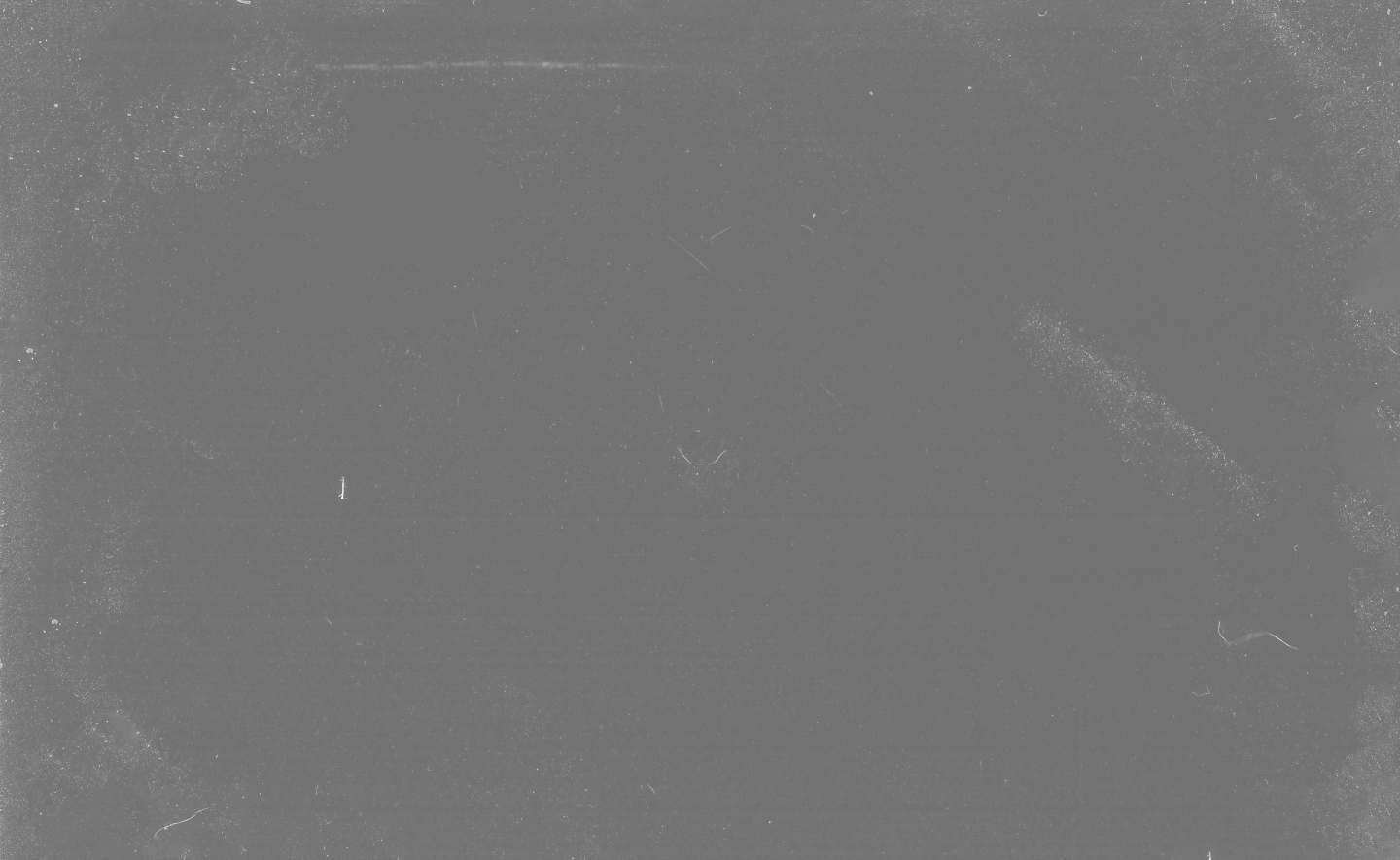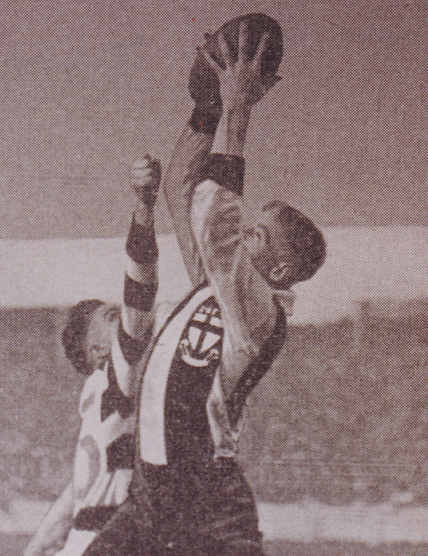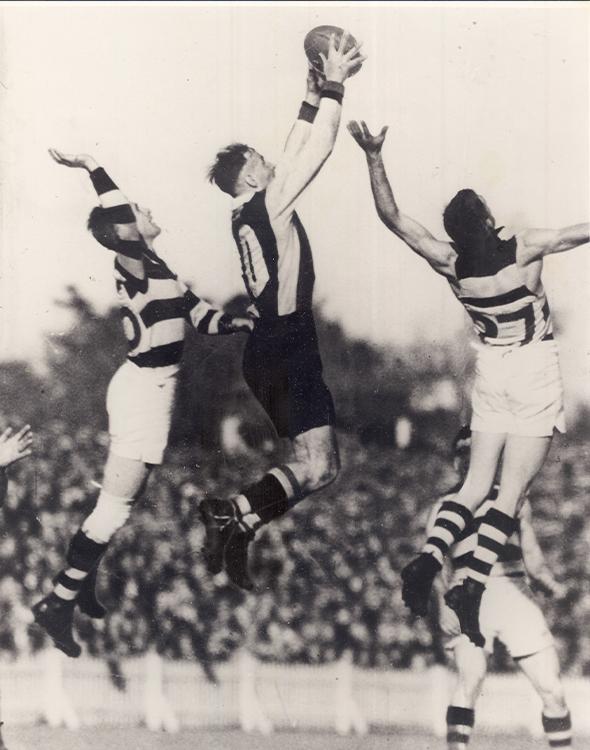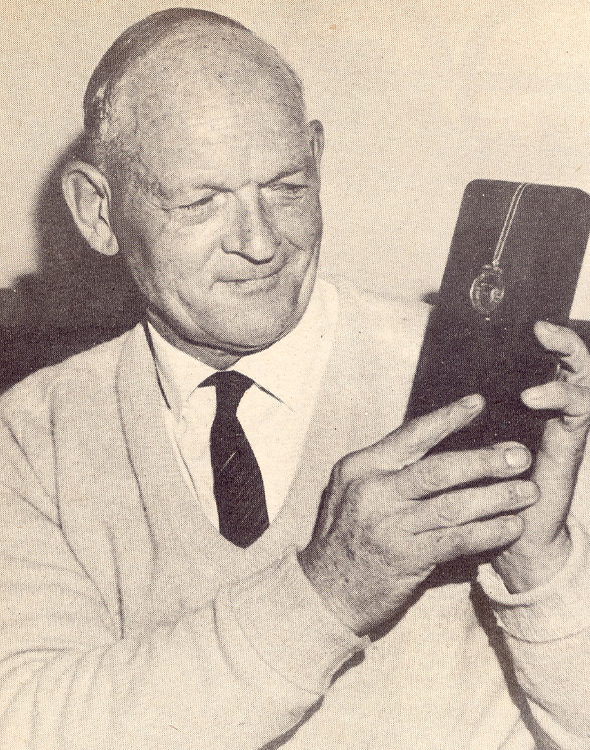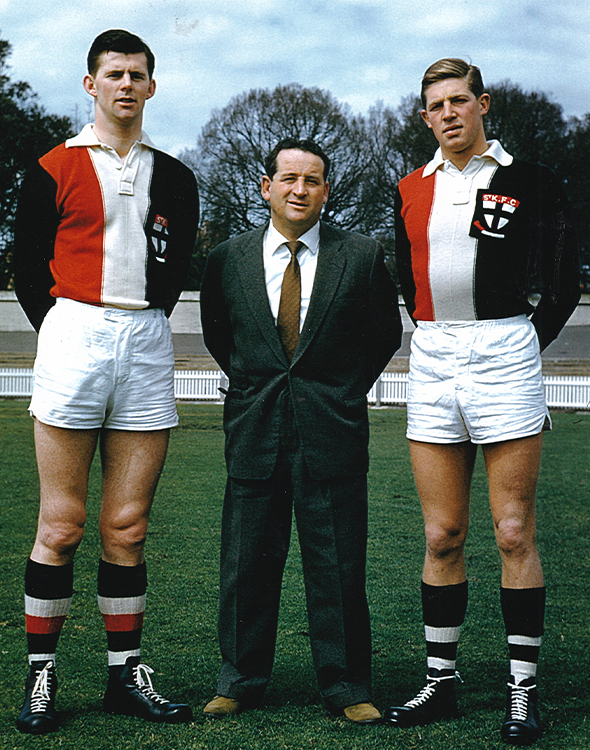Fourteen Saints were killed in action during the bloody war, which claimed the lives of over 40 million people. A further ten paid the ultimate sacrifice during World War II some decades later.
St Kilda added a Union Jack to its guernsey for the last two games of 1914, before trading out its white for yellow in a sign of solidarity for Allied Force, Belgium, who had several current and former St Kilda players fighting in their country.






